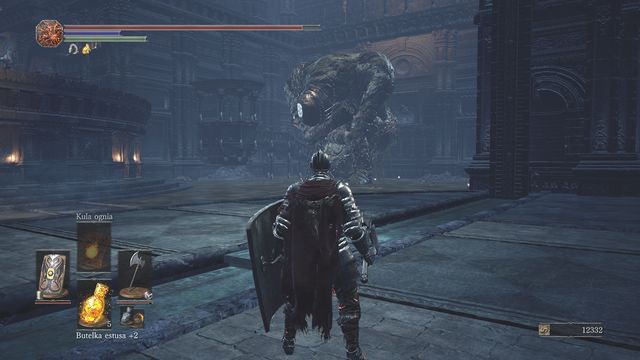

It doesn’t make the crowd of maggot people painfully flopping toward you any less horrifying, but picking through their bloated corpses and having a good look around can help you figure out what they were when things were still only heading to shit. More than once I died to a creature because I misread its attack animation as just another convulsion, and this doesn’t include the times I had my undead ass handed to me because curiosity demanded I at least try to figure out what it was I was killing.įortunately, what Dark Souls 3 is good at is making this confusion feel worthwhile: every enemy has a reason to be there beyond getting in your way, and figuring out exactly what the thing you’re fighting is and, more importantly, used to be is pretty much mandatory to understanding the plot. In between fierce and efficient monsters there’s always lurked the kind of things that can kill you in less time than it takes you to figure out which end you’re looking at. It’s hardly a new thing for the series to produce monsters that look like you’re doing them a favour by taking a claymore to their tortured forms. The first thing I noticed, while Dark Souls 1 had a memorable selection of dangerous looking beasts and Dark Souls 2 favoured huge guys, Dark Souls 3 takes an unhealthy interest in creatures that should not be.

With this in mind, coupled with the fact that this seems to be the last, this review will be something of a retrospective, taking a look at the trilogy of four as a whole as well as 3’s place within it. It’s clever but that’s nothing new, all that’s changed is the specifics of that design. Not a lot changes between incarnations and that which does change – setting, enemy layout, the story being told – changes only enough to be new. The problem with reviewing Dark Souls 3 is that it’s all too easy to find yourself reviewing the series as a whole.


 0 kommentar(er)
0 kommentar(er)
